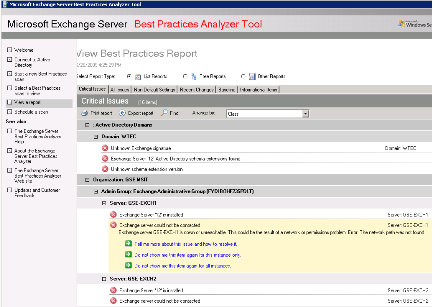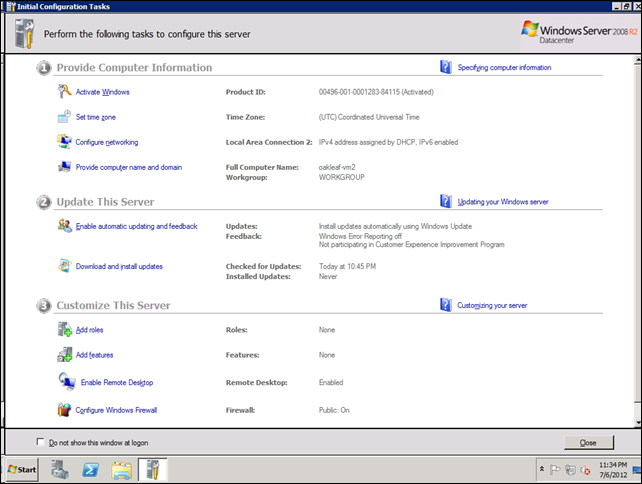Check Active Directory Health In Windows 2008 Disk


Patch Hosts File Adobe Cc Free. Lesson 1: Monitoring servers Unwatched servers, like unwatched children, invariably end up in a chaotic state. Monitoring a server using data collector sets, alerts, and events enables you to keep an eye on the server’s performance and configuration. Although effective monitoring is unlikely to stop a server from ever experiencing problems, it often provides warning signs about developing problems, giving you a chance to resolve them before they cause a service disruption. In this lesson, you learn how to configure data collector sets, manage alerts, monitor events, and perform network monitoring.
After this lesson, you will be able to: • Configure data collector sets. • Manage alerts.
Aug 29, 2012 - Sysvol/FRS test. This includes checking the version in the most recent GPO gpt.ini file, and comparing with the PDC emulator. Free disk space check (WMI). Strict Replication is the default for new Windows 2008 and later domains, however older established AD environments this was not the default and. Check_ad a Nagios NRPE plugin for Active Directory health check. (Windows 2008 or later)--noeventlog. Don't run the dc tests kccevent and frsevent.
• Monitor events. • Configure event subscriptions. • Attach event-driven tasks • Perform network monitoring. Estimated lesson time: 45 minutes Configuring data collector sets Data collector sets enable you to collect performance data, system configuration information, and statistics into a single file. You can use Performance Monitor or other third-party tools to analyze this information to make a determination about how well a server is functioning against an assigned workload. You can configure data collector sets to include the following: • Performance counter data The data collector set not only includes specific performance counters but also the data generated by those counters.